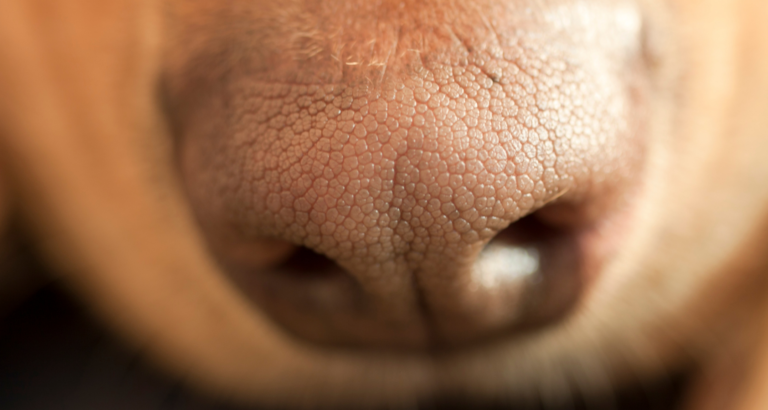What Temperature Can Great Pyrenees Withstand?
Last updated on March 20th, 2023 at 03:43 pm
Reading Time: 5 minutesThis post may contain affiliate links. If you click and buy we may make a commission, at no additional charge to you.
What Temperature Can Great Pyrenees Withstand
The Great Pyrenees is a large dog breed that originated in the harsh climate of the Pyrenees Mountains. This dog is well equipped to handle any type of weather, from snow to rain and everything between those extremes.
However, there are some limitations on how much heat or cold they can stand without any risks to their health. Indeed, most dog breeds have an ideal temperature range at which they thrive and a threshold beyond which the risks become too high.
Quick Answer:
The great Pyrenees tend to be more heat sensitive than cold sensitive, and their ideal temperature in summer is around 70 degrees Fahrenheit. Similarly, these dogs cannot handle the severe cold and a temperature as low as 15 degrees Fahrenheit can lead to shivering or other signs.
So, if you are considering adopting the Great Pyrenees as your pet, you must understand what weather conditions this dog can withstand.
Read on to know more!
How Cold Can a Great Pyrenees Stand?
The great Pyrenees are giant dogs with dense fur and thick double coat. Both of these things keep them warm even when the temperature drops to freezing point. However, too much cold can harm their health and even lead to death.
The Great Pyrenees can handle temperatures as low as 20 degrees Fahrenheit. But allowing them to stay outside at this chilling temp may harm them and the temp below 15 degrees Fahrenheit is extremely cold for the dog.
In fact, this dog is well equipped to handle the extreme cold and thrive in the snow. It’s important to remember that there is a difference between how much cold a dog can withstand and how much cold is good for them. However, it’s not a good idea to keep your dog at a too cold temperature.
If you keep your dog in a too cold environment, they will have a more challenging time fighting against bacteria and viruses.

5 Strategies to Keep Your Great Pyrenees Warm
Now you know the great Pyrenees are not good at dealing with extremely low temperatures, and leaving them unattended may lead to severe consequences. Your dog may show muscle stiffness, lethargy, or even collapse. So, the best way to deal with such a situation is to provide warmth by all possible means.
Here are some ways that will help you make the Great Pyrenees cozy:
1. Thick Bedding
The thick fur of the Great Pyrenees is excellent at insulating heat, but you can help by giving them thick bedding. Opt for a sleeping pad or blankets that are designed for cold weather.
2. Avoid Drafts
Your dog has thick fur, but you can still help by avoiding drafts. Make sure there are no gaps in the doors or windows through which cold air can enter.
3. Temperature Control
You can control the temperature of your dog’s environment with a thermostat-controlled heating system. An automatic system can help you avoid overheating in the summer and chilling in the winter.
4. A Warm Sweater
If your dog has no hair on its legs, you can help them stay warm with a pair of warm sweaters. Sweaters also stick to their bodies and add warmth for longer. A plus point of covering dogs with sweaters is that they can freely move indoors, and you are free from restricting them from staying on the bed.
5. Warm Water Sprays
You can also help keep your dog warm by spraying its fur with warm water. It needs to be done infrequently and go for other options because water will ultimately cause inconvenience, and chances of getting cold get higher if they go outside with wet fur.
How Hot can a Great Pyrenees Tolerate?
The Great Pyrenees are mountain dogs that do even better in the cold than in the hot. In hot temperatures, they shed off their coat, allowing skin to breathe and cool their body.
So, a temperature below 70 degrees Fahrenheit is most suitable for the Great Pyrenees and when temp exceeds this range, they show signs of hyperthermia.
The maximum temperature the Great Pyrenees can tolerate on their skin is around 80 degrees Fahrenheit. It’s the critical threshold beyond which the dog’s body starts to overheat and it becomes dangerous for their health.
In order to make sure that your Great Pyrenees doesn’t get overheated, it’s important to: –
- Provide your dog with adequate ventilation.
- Make sure they have access to clean and fresh water at all times.
- Take them out for walks and play in the yard regularly.
- Avoid any physical activity that can make them overheat such as long walks in hot weather.
3 Strategies to Keep Your Great Pyrenees Cool
Just like extreme cold conditions, the Great Pyrenees cannot withstand hot summer temperatures. Rising temp adds to the risk of heat stock that may even threaten your dog’s life.
When the temperature goes above 80 degrees Fahrenheit, the Pyrenees may show signs like excessive panting, drooling, diarrhea and vomiting. So it is better to keep them calm before reaching the threshold, and these strategies will help you:
1. Shade
If your dog is too sensitive to handle the warm temperatures, you can help them stay cool by placing them in the shade. It’s important to make sure that they have constant access to water so they don’t get thirsty. Outdoor shades may not be beneficial in the heat wave, so consider moving your dog indoors to prevent collapse and aid in recovering.
2. Fans
If you don’t have access to shade, you can use fans to keep your dog cool. You can either place a fan near your dog or choose to give them a gentle breeze. When using fans, be careful and do not allow your dog to climb over them. Also, discourage other pets from staying away.

3. Cooling pads
Cooling pads made for dogs can also help your dog stay relaxed and comfortable during the summer. They help your dog regulate their body temperature and bring it to be normal. Cooling pads can also help your dog sleep better and solve the problem of restlessness during hot days. Another advantage is that you can easily carry these cooling pads when traveling in summer or keep them for visiting dog parks when the temperature is near average.
Conclusion – Great Pyrenees Temperature Tolerance
The Great Pyrenees are strong dogs, but weather extremes can hit them. It can have serious health consequences if your Great Pyrenees is overheating or freezing. If your Great Pyrenees doesn’t have thick fur and you live in a warm climate, you can help them stay cool with fans and water sprays. While if you live in a cooler climate, you can use thicker bedding and cooling pads.
About The Author
I'm a content writer and researcher. But bottom line, I loveee animals. I had my first animal which was a guinea pig at age 8. Later had a bunny, dog and a lot, a lot of fish. Writing about what I know about pets will allow me to share my knowledge and love for them with everyone else. Dealing with dogs my entire life, I know a lot.








